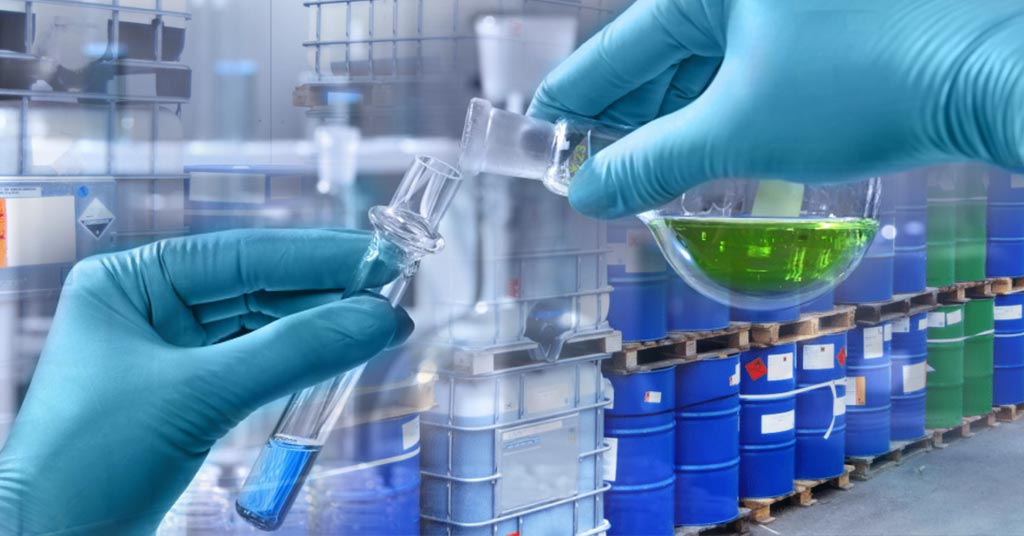Welcome To ChemAnalyst

NEW DELHI: India has the potential to be a leader in agricultural self-sufficiency thanks to the use of nano Urea. Replacing 25-50% of conventional Urea with the liquid nutrient could save the government billions in subsidy bills annually. India is well on its path to achieving global leadership in agricultural sustainability. To help bolster this goal, a parliamentary panel recently called on the government to speed up production and make India self-reliant.
The recently released report by the Standing Committee on 'Nano-Fertilizers for Sustainable Crop Production and Maintaining Soil Health' has highlighted the cause for concern over the excessive use of conventional Urea and its import. Over the past five years, Urea imports have surged from 5.5 million tonnes in 2016-17 to 9.8 million tonnes in 2020-21, creating a significant burden of subsidy payments to cover these imports - constituting an alarming 26% of all government-funded Urea subsidies each year.
India Farmers Fertilizer Cooperative (IFFCO) launched a breakthrough in agricultural technology on August 1, 2021 - the production of Nano Urea. With just one 500ml bottle being equivalent to a 45kg bag of Urea, this new product has the government's focus and support in its attempt to reduce Urea importation.
Currently, Indian annual demand for Urea is 35 Million Tonnes (MTs) while domestic production stands at approximately 29 MTs and the rest is imported. To bridge the gap between supply and demand, IFFCO's production of Nano Urea will be increased from 5 crore bottles to 44 crores by 2025.
In the current situation, the committee believes that it is necessary to use Urea with caution and nano fertilizers can significantly reduce India's need to import Urea. The government has recently approved the introduction of Nano-DAP (Diammonium Phosphate), which can meet more than 50% of our country's total DAP needs.
A recent report from the standing committee has highlighted the potential for India to reduce its greenhouse gas emissions by 4.6 MTs if it were to bring 50% of its rice cultivation area under nano Urea. Even with a smaller utilisation rate of 20-30%, this could help address the issue at hand.
The government has been urged to put in place a system that will enable farmers to purchase one bottle of nano Urea and four bags of conventional soil nutrient, instead of five bags. Additionally, the panel recommended an increased utilization of drones for spraying nano Urea, with a standard operating procedure (SOP) currently being considered by the fertilizers department. Should entrepreneurs wish to avail this facility, 90 percent of the drone's cost would be covered by the Agriculture Infrastructure Fund (AIF).
We use cookies to deliver the best possible experience on our website. To learn more, visit our Privacy Policy. By continuing to use this site or by closing this box, you consent to our use of cookies. More info.
